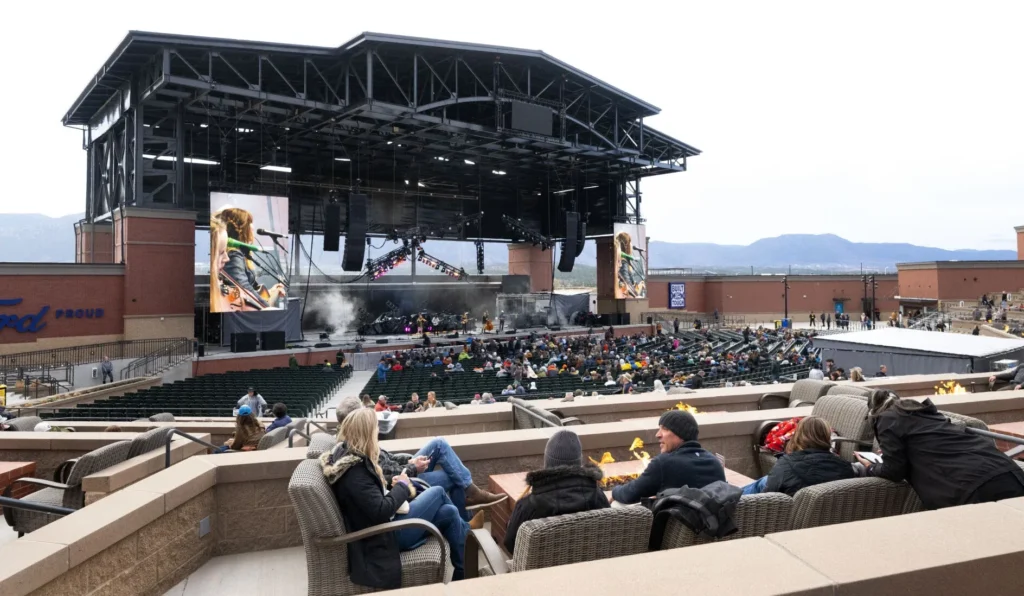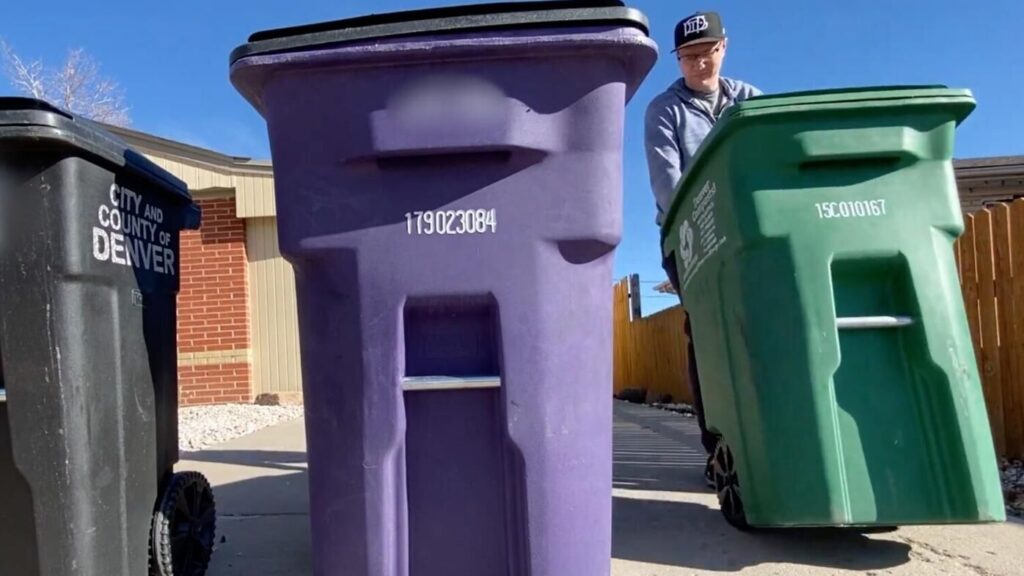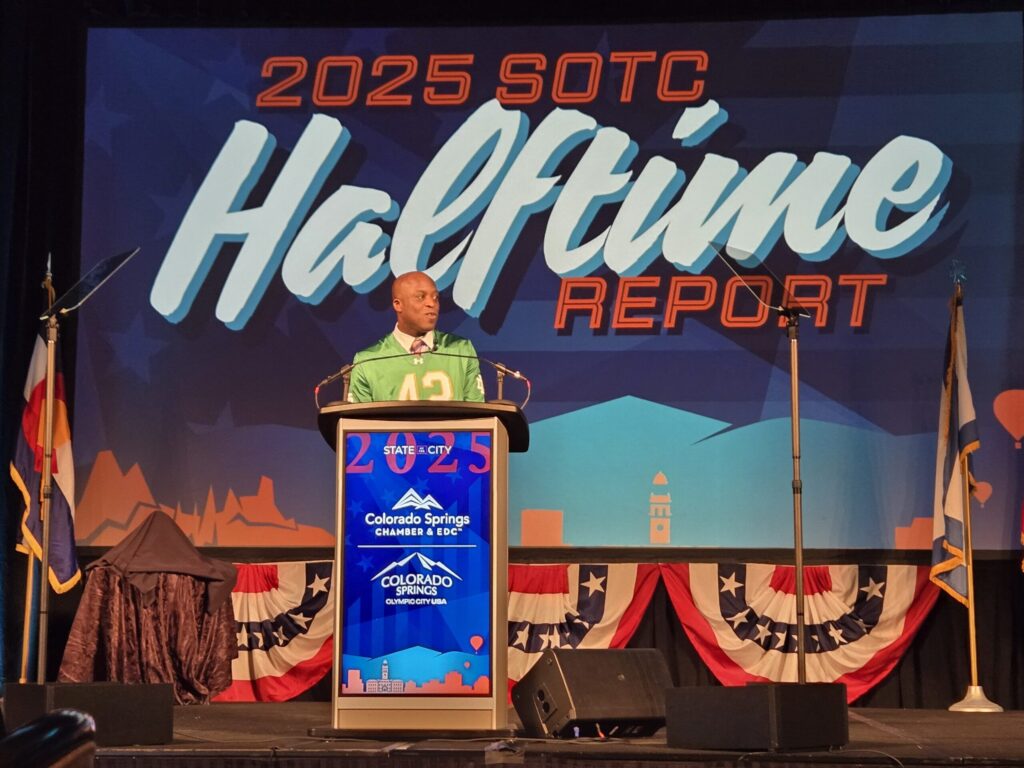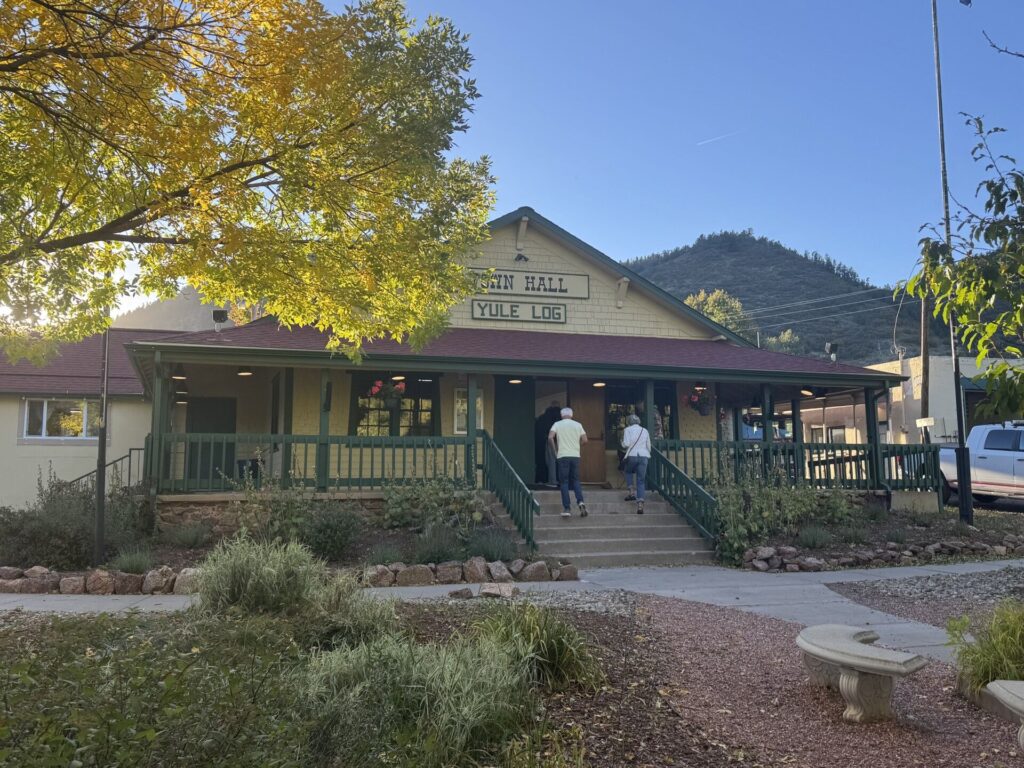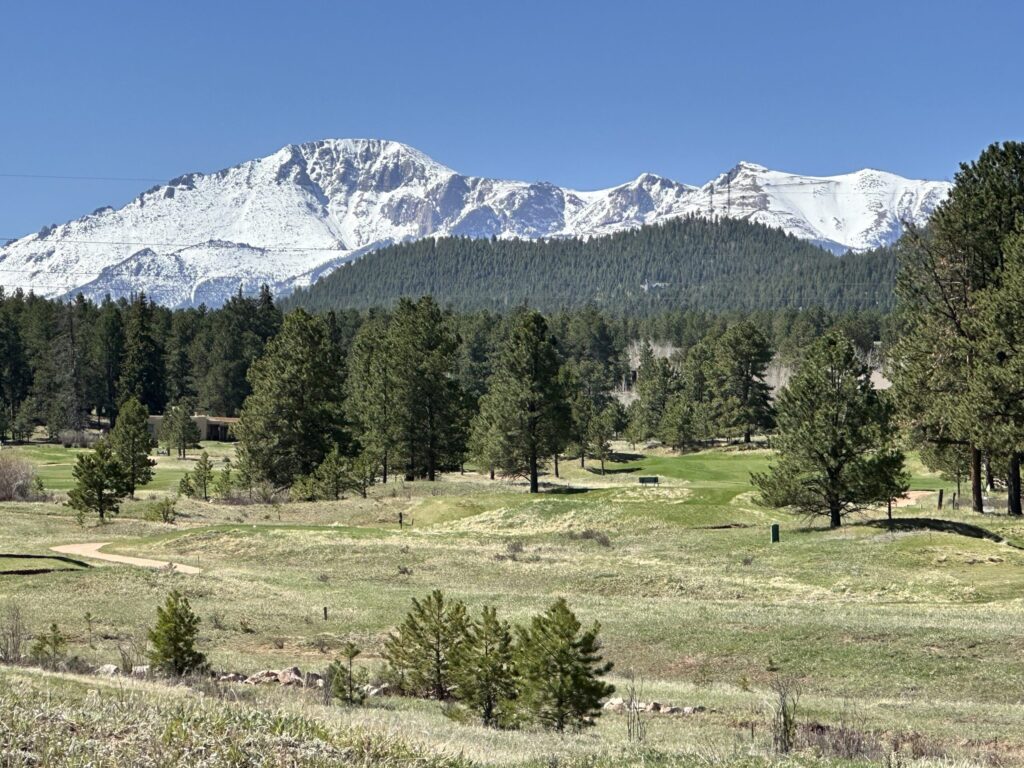Denver Public Schools claims absences were tied to ICE raids. The data isn’t so clear.
When Denver Public Schools filed a federal lawsuit against the U.S. Department of Homeland Security in February, district leaders claimed one immediate fallout of the Trump administration’s intensified immigration enforcement — students missing school.
In sworn affidavits submitted with the complaint, Superintendent Alex Marrero and other school officials blamed changes to the administration’s “sensitive locations” policy for a noticeable dip in attendance, citing widespread fear of getting swept up in the raids among immigrants unlawfully staying in the U.S.
“Not only were people fearful following the raids, but they also did not have any guarantee that the next raid would not be at the school,” Marrero said in court filings.
Attendance data across district-run schools reviewed by The Denver Gazette suggests a more nuanced picture.
On Jan. 21 — the day after the inauguration of President Donald Trump and the U.S. Immigration and Customs Enforcement (ICE) policy rollback announcement — attendance dropped significantly across district-run schools, regardless of a campus’ Hispanic composition.
But that day also followed the Martin Luther King Jr. holiday weekend, raising questions about whether the slide in attendance was related to fears over immigration enforcement or possibly part of a post-holiday attendance lull.
In fact, school officials acknowledged that the holiday the year before saw a similar hit to attendance.
Similarly — two days before the widely reported ICE raid at the Cedar Run Apartments and other locations — attendance on Feb. 3 showed another districtwide decline, according to attendance data obtained through the Colorado Open Records Act (CORA).
Curiously, the numbers rebounded on Feb. 5 (the day of the raids) and remained relatively steady in the days that followed.
Still, some campuses reported dramatic declines.
Consider Place Bridge Academy, where many students come from immigrant families.
Attendance plunged 20% or more on Jan. 21 and 31, as well as the week of the raids, according to Principal Nadia Madan Morrow’s affidavit.
“During my twenty-six years working with DPS, I have consistently relied on the Protected Areas Policy and have never had to worry about Immigration and Customs Enforcement (ICE) being present on school grounds,” Morrow said in court documents.
Morrow added: “Our attendance is fluctuating and operating much below normal levels.”
A Denver Gazette analysis also found a statistical correlation: Across the district-run schools, for every 10-percentage-point increase in Hispanic student composition, attendance fell 8.7% on Feb. 3.
In the days and weeks before the raids, schools with higher Hispanic enrollment tended to see lower-than-usual attendance — particularly on Feb. 3, which coincided with a “Day Without Immigrants.”
The data inferred the attendance drop on that day resulted from students deliberately skipping school.
Organized in multiple cities across the U.S., the boycott this year was in response to the Trump administration’s immigration policies. The campaign — which has surfaced periodically for decades — is designed to highlight the contributions of immigrants through their absence from the workforce, schools and other places.
Roughly one-in-10 Coloradans are foreign born, according to the U.S. Census Bureau. But in the workforce, it’s closer to one-in-six.
Nearly 100 people, including students from across the metro Denver area, protested the immigration crackdown in front of the state Capitol that day.
“I think everyone is deserving of the American dream,” Gracie Delevega said the day of the protest. “I don’t support what Trump is doing.”
District officials acknowledged the attendance slump was related to the protest.
“Yes, we believe that the spike in student absences on Feb. 3, 2025, was directly related to the ‘Day Without Immigrants’ protests,” Scott Pribble, a district spokesperson, said in an email to The Denver Gazette.
Despite these examples, DPS’s legal argument appears to have relied largely on anecdotal evidence, including testimony from Marrero and school leaders, rather than a comprehensive analysis of attendance patterns.
That raises questions about district officials’ decision to link or blame the attendance declines directly to ICE activity or federal policy changes.
Because one of the raids happened near a school bus stop and within a mile of two schools, district officials had sought a temporary restraining order against Homeland Security, which, had it been granted, would have halted implementation of the ICE policy.
“I do think the public interest would be harmed by a federal court overturning immigration policy in this way,” U.S. District Court Judge Daniel Domenico said in denying the district’s motion in March.
Domenico noted that, if schools and bus stops were included in a protected area, “the entire city would be covered.”
Domenico, who was appointed to the bench by Trump in 2017, said that, to his thinking, there was little difference between the previous and current policy.
That didn’t stop district officials from claiming a “victory” .
ICE has had a longstanding practice of discouraging immigration enforcement actions in so-called sensitive locations, such as schools, churches and hospitals. While the policy discouraged enforcement actions at these locations, it actually did not prohibit agents from doing so.
Within hours of assuming office, Trump rescinded the policy. His acting homeland security secretary at the time said the move ensured law enforcers’ hands were not tied.
In court, the Trump administration argued that restricting immigration enforcement at or near schools could “significantly limit immigration enforcement in Denver.” ICE has not raided a school in metro Denver since Trump was sworn into office.
“Since the rescission, there has been a noticeable decrease in school attendance across all schools, but particularly those schools that are in an area where there is a large population of new-to-country families and where ICE raids have already been occurring,” Marrero said in his declaration to the court.
“New-to-country” is the language used by school officials to refer to immigrants who arrived in Denver in the past two years after illegally crossing the southern border.
Over an 18-month period beginning in December 2022, more than 40,000 immigrants made their way to Denver — many with children. Children are guaranteed a public education — regardless of their immigration status — under the U.S. Constitution. It’s estimated half of those stayed.


